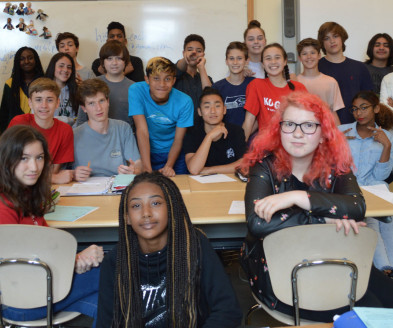The Power of See, Think, Me, We
Catlin Tucker
SEPTEMBER 7, 2023
Finally, the we stage encourages participants to think about their observations, thoughts, and feelings in a broader social context. This could mean considering how a community or group (which could be as small as the classroom or as large as humanity) would perceive the subject or how it might affect or be affected by it.















Let's personalize your content